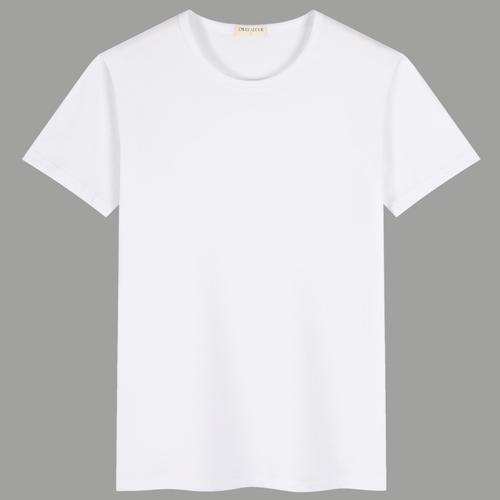Customized clothes are a personalized customization process completed by professional tailors and designers through a series of steps based on the customer’s personal needs and requirements. The following is a typical process for customizing clothes:
1. Demand communication: First, the designer or salesperson communicates face-to-face with the customer to understand the customer’s needs Information on needs, preferences, usage occasions, style preferences and special requirements. By in-depth understanding of customer needs, designers can better provide customers with professional advice and design solutions.
2. Body measurement: Next, a professional tailor will take the customer’s body measurement. They will use rulers and measuring tools to accurately measure the client’s body dimensions, including chest, waist, hip, shoulder width, sleeve length, etc. These data will become the basis for subsequent production of clothing.
3. Design plan confirmation: Based on the customer’s needs and measurement results, the designer will formulate a detailed design plan. The design plan includes style, details, fabric selection, accessory matching, etc. The designer will conduct repeated confirmation and communication with the customer to ensure that the design plan meets the customer’s expectations and requirements.
4. Fabric selection: After the design plan is determined, the customer and the designer select the fabric together. Depending on the style and use occasion, the choice of fabric will vary, and can be silk, cotton, wool and other fabrics of different materials. The choice of fabric will directly affect the texture, comfort and ductility of the clothing.
5. Make sample clothes: Under normal circumstances, when making customized clothes, a sample clothes will be made first so that customers can try on and make adjustments. The sample garments are accurately cut by tailors according to the design plan and body measurements, and preliminary sewing is performed. After customers try it on, they can make suggestions for modifications based on personal preferences and physical feelings for subsequent improvements.
6. Improvement and detail processing: Based on the results of the sample fitting and customer feedback, the tailor will modify and improve the sample. May require resizing, improved fit, trimming of details, etc. This process may require multiple fittings and modifications until the customer is satisfied.
7. Formal production: After many trials and modifications, when the sample garment meets the customer’s requirements, it can enter the formal production stage. The tailor will cut the selected fabrics, sew, join and decorate according to the customer’s measurements and designs. This process requires rigorous technology and experience to ensure the quality and workmanship of the clothing.
8. Customization completion and delivery: When the clothing is completed, the tailor will perform final ironing and inspection to ensure the quality is correct. The custom-made garments are then delivered to the customer, along with necessary care and wearing tips.
To sum up, the process of customizing clothes includes communication of requirements, body measurement, design confirmation, fabric selection, sample making, improvement and detail processing, formal production and delivery. Through this process, customers can obtain personalized and customized clothing that fully meets their personal needs.





